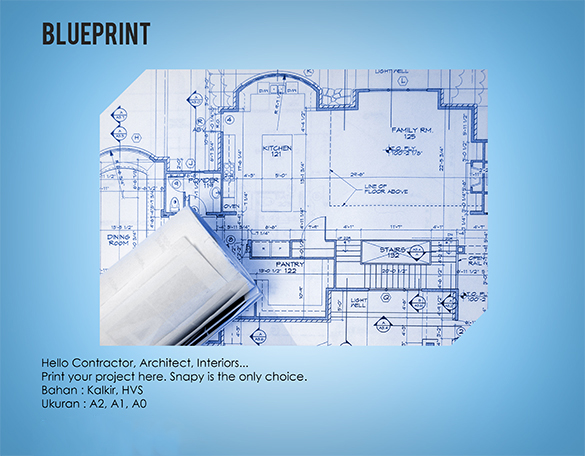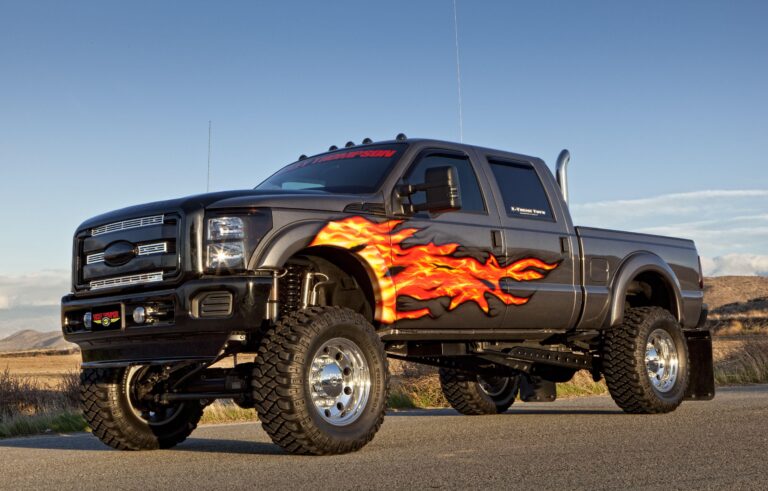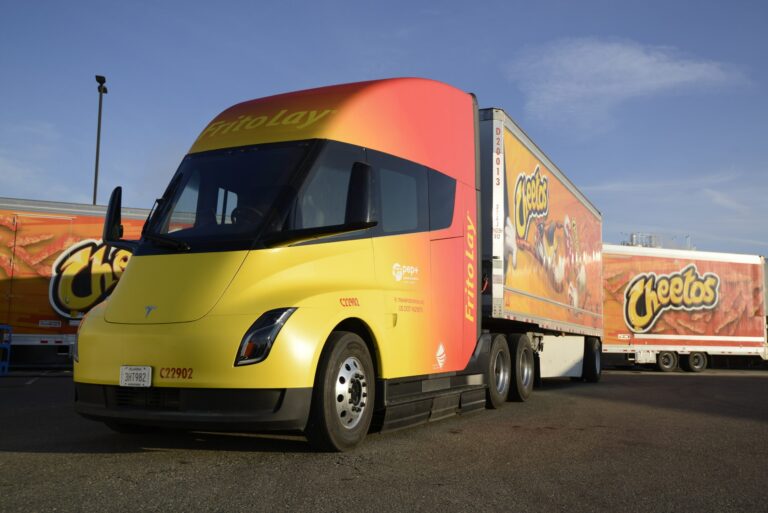Blueprint For A Custom Flatbed For A 91 Chevy S10: Unleash Your Truck’s True Potential
Blueprint For A Custom Flatbed For A 91 Chevy S10: Unleash Your Truck’s True Potential cars.truckstrend.com
The 1991 Chevy S10, a workhorse of its era, remains a popular choice for enthusiasts seeking a compact yet capable platform for customization. While the factory bed serves its purpose, a custom flatbed opens up a world of possibilities, transforming your S10 into an even more versatile utility vehicle, a striking showpiece, or an optimized off-road rig. This article serves as a comprehensive blueprint, guiding you through the considerations, design elements, and practical steps involved in crafting a custom flatbed for your 91 S10, empowering you to unlock its full potential.
A custom flatbed isn’t merely an aesthetic upgrade; it’s a functional transformation. It offers unparalleled flexibility for hauling oversized loads, provides a robust base for mounting tools or equipment, and can significantly improve the vehicle’s departure angle for off-road adventures. For a 91 S10, often plagued by rusty or damaged factory beds, a custom flatbed presents an ideal solution, offering a fresh start and a tailored design that perfectly suits your needs.
Blueprint For A Custom Flatbed For A 91 Chevy S10: Unleash Your Truck’s True Potential
Why a Custom Flatbed for Your 91 S10? Beyond the Stock Bed
Before diving into the nuts and bolts, let’s explore the compelling reasons to ditch the stock bed for a custom flatbed on your 1991 Chevy S10:
- Enhanced Utility and Versatility: A flatbed offers a much larger, unobstructed loading area. You’re no longer confined by wheel wells or the shape of a conventional bed. This is invaluable for hauling lumber, ATVs, motorcycles, building materials, or even setting up a custom camper shell.
- Damage Replacement: Many 91 S10 beds suffer from rust, dents, or structural damage due. Building a new flatbed is often a more cost-effective and superior solution than attempting to repair a heavily compromised factory bed.
- Improved Off-Road Capability: By eliminating the bulky factory bed, a flatbed can significantly improve the departure angle, reducing the likelihood of snagging the rear on obstacles during off-road excursions. It also allows for greater articulation and often reduces overall weight.
- Customization and Aesthetics: A custom flatbed allows for unique design elements, integrated toolboxes, custom lighting, and a distinctive look that sets your S10 apart from the rest. It’s a canvas for your creativity.
- Weight Reduction (Potentially): Depending on the materials and design, a well-engineered flatbed can be lighter than the stock bed, improving fuel economy and performance.
- Easier Access: With no sides or tailgate, loading and unloading from any angle becomes effortless.
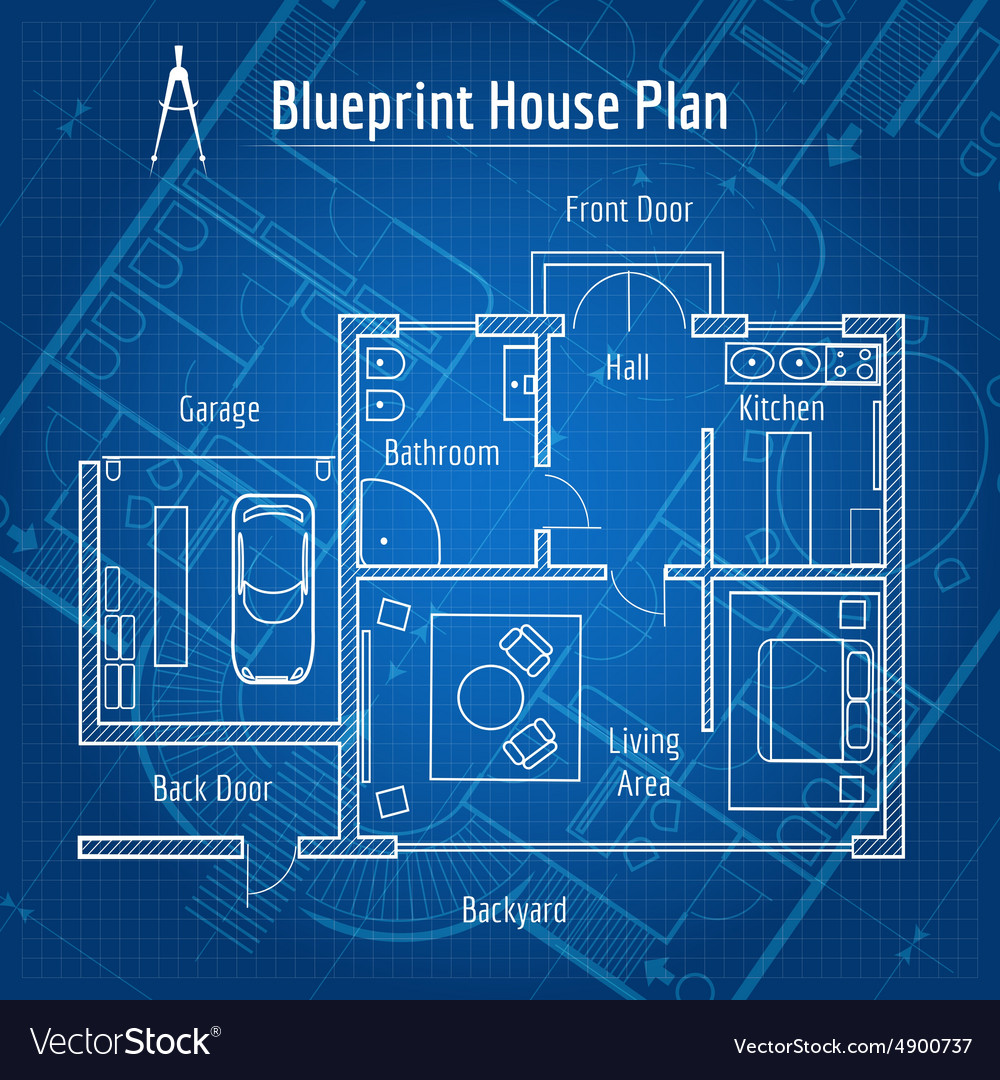
Essential Considerations Before You Begin
Building a custom flatbed is a significant undertaking that requires careful planning. Here are crucial factors to consider before striking the first weld:
- Legality and Regulations (DOT Compliance): This is paramount. Your flatbed must comply with all local, state, and federal Department of Transportation (DOT) regulations regarding vehicle dimensions, lighting (taillights, brake lights, turn signals, reflectors), and weight capacity. Research these thoroughly. Ensure proper fender coverage if your tires extend beyond the frame.
- Purpose and Design:
- Primary Use: Will it be a dedicated work truck, an off-road beast, or a daily driver with occasional hauling needs? This dictates material choice, strength requirements, and integrated features.
- Materials: Steel (strong, durable, heavier, weldable) or aluminum (lighter, corrosion-resistant, more expensive, requires specialized welding)? Wood (cost-effective, aesthetic, requires maintenance) for the decking?
- Integrated Features: Do you need a headache rack for cab protection and light mounting? Recessed tie-down points? Under-deck toolboxes? A removable or fixed tailgate? Custom fuel filler location?
- Dimensions: How long and wide do you need it to be? Consider garage space, maneuverability, and typical loads. Ensure it doesn’t extend too far beyond the rear axle for stability.

- Skill Level and Tools: This project typically requires welding (MIG or TIG), metal cutting (grinder, plasma cutter, chop saw), measuring, and fabrication skills. If you lack these, consider professional help for critical steps or brush up your skills.
- Budget: Factor in the cost of materials (steel/aluminum tubing, plate, decking), fasteners, welding consumables, paint/coating, wiring, lighting, and any specialized tools you might need to acquire.
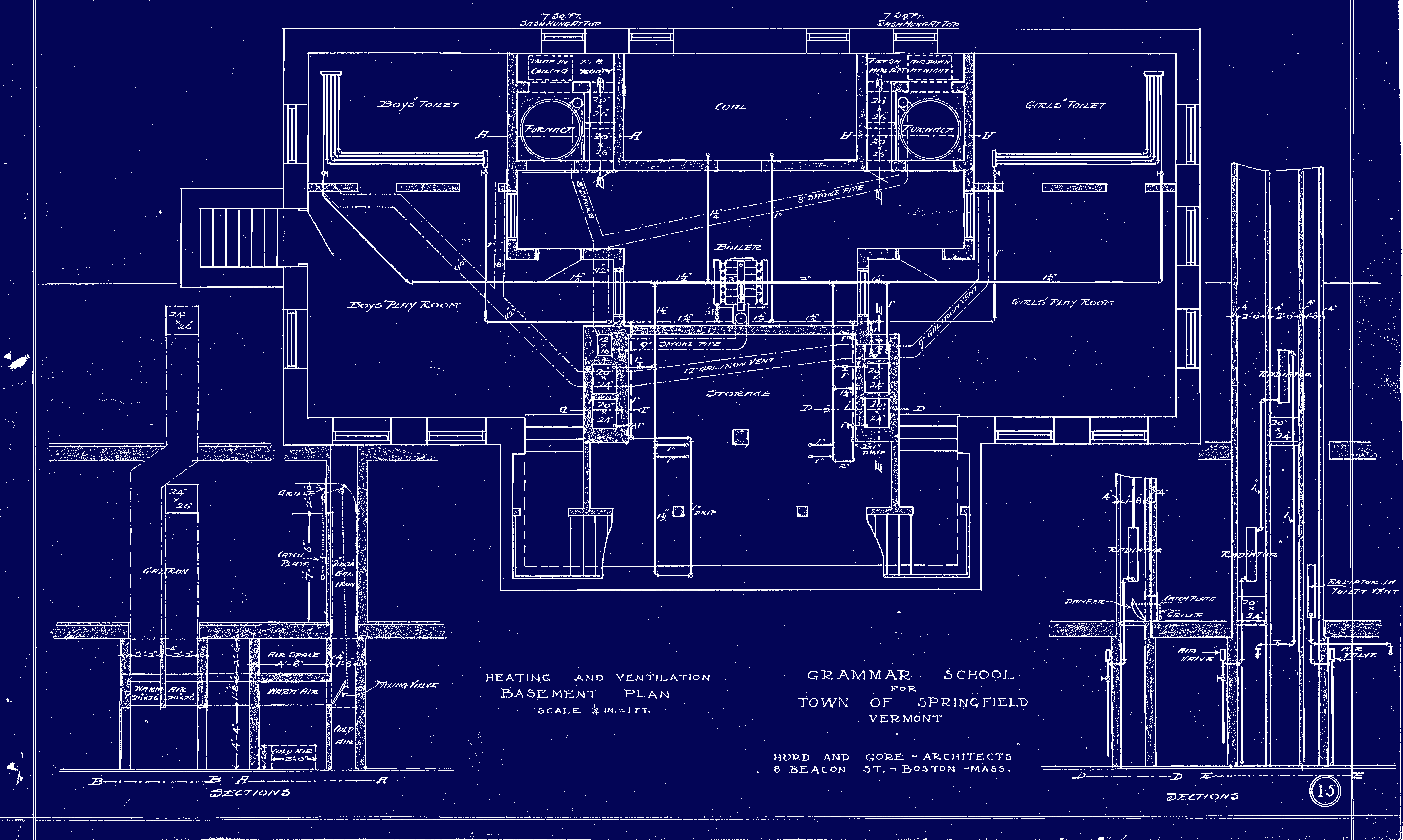
Blueprint Components: Anatomy of a Custom Flatbed Design
A well-designed flatbed for your 91 S10 will typically consist of several key components:
- Subframe/Mounting System: This is the foundation that connects the flatbed directly to the S10’s existing frame. It usually involves heavy-gauge steel tubing or angle iron, designed to bolt securely to the chassis mounting points. Crucially, the subframe must distribute weight evenly and prevent undue stress on the S10’s relatively light frame. Consider using rubber isolators between the flatbed and frame to dampen vibrations.
- Decking (The Flat Surface):
- Steel Plate: Durable, provides a solid surface for heavy loads. Can be diamond plate for grip or smooth steel.
- Wood: Pressure-treated lumber, oak, or composite decking can offer a classic look and lighter weight. Requires more maintenance to prevent rot.
- Expanded Metal: Good for lighter loads, allows dirt and water to pass through, and offers excellent grip.
- Angle Iron or Tubing Crossmembers: These support the decking and tie into the subframe, providing structural rigidity.
- Headache Rack: A vertical structure at the front of the flatbed, protecting the cab from shifting cargo. It can also serve as a mounting point for auxiliary lights, antennas, or tie-downs.
- Side Rails and Tailgate (Optional):
- Fixed Sides: Provide containment for smaller items.
- Drop-Down Sides: Allow for easy side loading.
- Removable Sides: Offers ultimate flexibility.
- Tailgate: Can be a simple drop-down, a removable panel, or completely omitted for maximum access.
- Lighting and Wiring: You’ll need to extend the factory wiring harness to accommodate new taillights, brake lights, turn signals, and potentially reverse lights or cargo lights. Ensure all connections are waterproof and properly grounded. Side markers and reflectors are also essential for legality.
- Fuel Filler Relocation: The S10’s fuel filler neck is typically integrated into the stock bed. With a flatbed, you’ll need to relocate it, often to a side panel or within a custom toolbox. Ensure a secure, sealed, and easily accessible location.
Step-by-Step Construction Guide (Overview)
While a detailed step-by-step involves specific measurements and welding techniques, here’s a conceptual guide to the building process:
- Remove the Stock Bed: Disconnect all wiring, fuel filler, and mounting bolts. Carefully lift the bed off the frame.
- Inspect and Prepare the Chassis: Clean the frame thoroughly. Address any rust or damage to the S10’s frame before mounting the new flatbed.
- Design and Measure: This is the most critical step. Based on your desired dimensions and features, create detailed drawings. Measure the S10’s frame precisely, identifying mounting points and clearances.
- Fabricate the Subframe: Cut and weld the main subframe members (longitudinal and crossmembers) to create a rigid structure that aligns with the S10’s frame. Test fit it to the chassis.
- Install Decking Supports: Weld or bolt crossmembers onto the subframe to provide adequate support for your chosen decking material.
- Install Decking: Secure your steel plate, wood, or expanded metal to the decking supports. Ensure proper fastening to prevent movement or rattling.
- Fabricate and Mount Headache Rack & Side Rails (If Applicable): Construct these components separately and then weld or bolt them securely to the main flatbed structure.
- Integrate Lighting and Wiring: Run new wiring, install DOT-compliant lights, and ensure all connections are sealed and functional. Test all lighting before final use.
- Relocate Fuel Filler: Fabricate a new mount and extend the fuel filler neck to its new location.
- Finishing Touches: Grind welds smooth, apply rust-preventative primer, and then paint or coat the entire flatbed. Consider adding bedliner material to the decking for added durability and grip.
- Final Inspection and Load Testing: Double-check all welds, fasteners, and wiring. Perform a small load test to ensure structural integrity before heavy use.
Tips for a Successful Build
- Measure Twice, Cut Once: Precision is key in fabrication.
- Safety First: Always wear appropriate PPE (welding helmet, gloves, eye protection, hearing protection) and work in a well-ventilated area.
- Quality Welds: Strong, clean welds are essential for structural integrity and safety. If unsure, consult an experienced welder.
- Rust Prevention is Crucial: Clean metal, good primer, and durable paint/coating will extend the life of your flatbed significantly.
- Consider Weight Distribution: Keep heavier components centered and as low as possible to maintain stability.
- Use Jigs: For repeatable cuts and angles, fabricating simple jigs can ensure accuracy.
Common Challenges and Solutions
- Rust on the S10 Frame: Solution: Address all frame rust and reinforce weak spots before mounting the flatbed.
- Wiring Complexity: Solution: Label every wire when disconnecting the old bed. Use high-quality, weatherproof connectors for new wiring. Consider a dedicated wiring harness kit for flatbeds if available.
- Weight Distribution Issues: Solution: Design the flatbed to keep the center of gravity low and close to the rear axle. Avoid excessive overhangs.
- Alignment Problems: Solution: Use accurate measurements, level surfaces, and tack weld components first, then check alignment before fully welding.
Estimated Project Cost Table for a Custom Flatbed for a 91 Chevy S10
This table provides an estimated breakdown for a DIY custom flatbed project. Prices can vary significantly based on material quality, sourcing, and location.
| Component/Category | Description | Estimated Cost Range (USD) | Notes |
|---|---|---|---|
| Raw Materials | |||
| Steel Tubing/Angle Iron | For subframe, crossmembers, headache rack (e.g., 2"x2" square, 1/8" wall) | $300 – $800 | Varies by gauge, length, and market price. Steel is generally cheaper than alum. |
| Decking Material | Steel Plate (1/8" – 3/16"), Wood (pressure-treated, oak), Expanded Metal | $200 – $600 | Wood is cheaper, steel plate is more expensive. |
| Fasteners & Hardware | Bolts, nuts, washers, self-tapping screws, hinges (for tailgate) | $50 – $150 | Grade 8 bolts recommended for structural connections. |
| Electrical & Lighting | |||
| DOT-Compliant LED Lights | Taillights, brake lights, turn signals, side markers, reflectors | $80 – $250 | LED lights are more durable and brighter. |
| Wiring & Connectors | Marine-grade wire, heat shrink tubing, waterproof connectors | $40 – $100 | Essential for longevity and reliability. |
| Finishing & Protection | |||
| Primer & Paint | Rust-inhibiting primer, automotive paint (spray cans or gallons) | $50 – $200 | Consider durable coatings like bedliner for the decking. |
| Sanding Discs/Grinding | For prep and finishing welds | $20 – $50 | Consumables for angle grinder. |
| Consumables | |||
| Welding Wire/Rods | MIG wire or TIG rods | $30 – $80 | Depends on welding process and amount. |
| Grinding Discs | For cutting and grinding metal | $20 – $50 | |
| Miscellaneous | |||
| Fuel Filler Relocation Kit | Hoses, clamps, custom filler neck (if not fabricating) | $50 – $150 | |
| Safety Gear | Welding helmet, gloves, safety glasses, ear protection (if you don’t own) | $0 – $100 | Essential investment. |
| Total Estimated DIY Cost | $840 – $2,430+ | Excludes specialized tools (welder, plasma cutter) if not already owned. |
Note: This table does NOT include the cost of a welder, plasma cutter, or other major fabrication tools, which could add several hundred to several thousand dollars if purchased new.
Frequently Asked Questions (FAQ)
Q1: Is building a custom flatbed difficult for a beginner?
A1: It’s challenging but achievable with proper research, patience, and a willingness to learn. Basic welding and fabrication skills are highly recommended. Start with simpler designs if you’re a novice.
Q2: What are the essential tools I need?
A2: An angle grinder (with cutting and grinding wheels), a welder (MIG is common for beginners), clamps, a tape measure, a level, and safety gear are absolute necessities. A chop saw or plasma cutter will greatly speed up metal cutting.
Q3: Can I use wood for the entire flatbed, not just the decking?
A3: While possible, it’s generally not recommended for the main structural components (subframe, crossmembers) due to wood’s lower strength-to-weight ratio compared to steel and susceptibility to rot. Wood is best for decking.
Q4: Will a flatbed affect my S10’s ride quality or handling?
A4: Potentially. A lighter flatbed might make the rear suspension feel stiffer when unloaded. A heavier one could slightly lower the rear. Proper weight distribution and potentially upgraded rear suspension components (e.g., helper springs) can mitigate these effects.
Q5: Is a custom flatbed street legal?
A5: Yes, provided it meets all DOT regulations for dimensions, lighting, and safety. Always check your local and state laws. Key areas are proper lighting, fender coverage for tires, and not exceeding maximum allowable width/length.
Q6: How do I handle the fuel filler relocation?
A6: The most common solution is to create a custom access panel and extend the fuel filler neck with rubber hose and clamps to a new, secure location, often on the side of the flatbed or within a custom-built box. Ensure it’s sealed and easily accessible.
Conclusion
Building a custom flatbed for your 1991 Chevy S10 is a rewarding project that transforms a utilitarian truck into a highly specialized and visually distinctive vehicle. It’s a testament to ingenuity, offering unparalleled versatility, enhanced aesthetics, and improved functionality. By carefully considering the blueprint’s components, adhering to safety protocols, and meticulously planning each step, you can create a durable, custom flatbed that perfectly suits your needs and turns your classic S10 into a true standout on the road or trail. Embrace the challenge, and unlock the full potential of your S10 workhorse.
